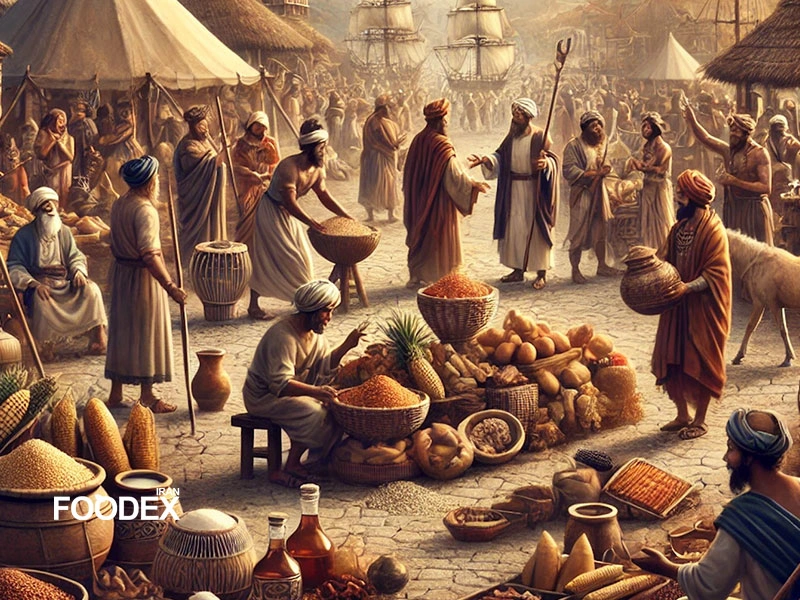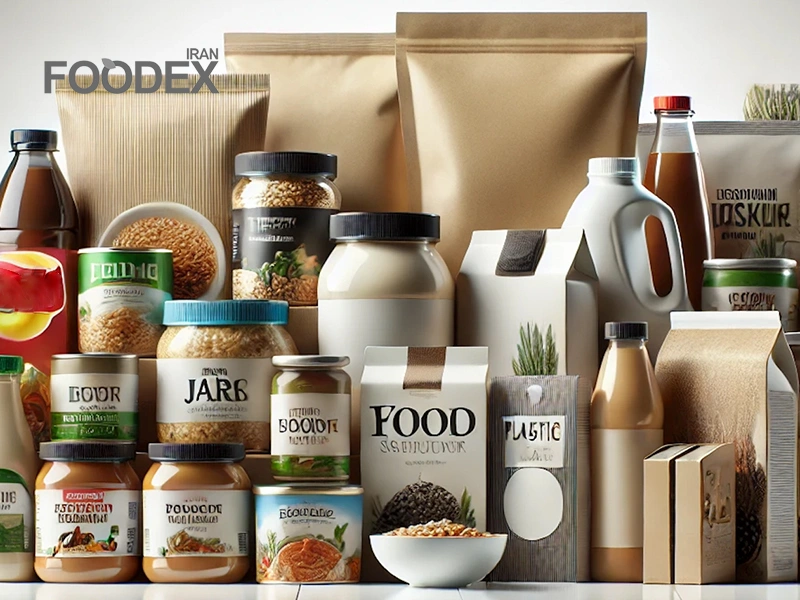Food and drinks fulfill basic needs. They also reflect each nation’s history, culture, and identity. They have always bridged people, telling stories through cultural exchange. From Italy’s pasta to Japan’s sushi, from Ethiopian coffee to Chinese tea, each carries heritage and the history of its homeland.
This article will explore how cultures shaped the world’s favorite foods and drinks. It will also look at the history of interactions made possible by these influences. Join us on this journey with Foodex Culinary Magazine.
Ancient Cultures and Their Impact on Global Foods and Beverages
Since the time of antiquity up to today, foods and drinks have seldom missed an opportunity to bridge gaps between cultures. In modern times, early civilizations made great leaps in farming. Their culinary inventions created the staple foods and drinks we have today. Let’s explore how ancient cultures in the Middle East, India, and China shaped global cuisine.
The Ancient Middle East: The Birthplace of Mediterranean Cuisine
The Middle East is one of the oldest agricultural centers of the world and, as such, has greatly influenced Mediterranean cuisine. This is where wheat, barley, dates, and olives became common staples, turning into bread, salads with olive oil, and sweets with dates. Its very valuable heritage includes saffron, cinnamon, and cardamom. These spices have enriched Mediterranean, Indian, and world cuisines.
Egyptian and Mesopotamian civilizations contributed much to the food culture of the world. Bread originated first in these regions, together with beer, which constituted the staple diet of the ancient people. This global beverage initially had its origin in Mesopotamia and later spread throughout the world.
India and China: Two Asian Giants with Global Influence
India is famous for its spices. It helped popularize black pepper, turmeric, and ginger. Transported down the Silk Road, these spices became inseparable from world cuisine. Unique dishes like Indian curry and aromatic teas have wowed their way into kitchens and cafes across the globe.
It was, however, in China that rice and tea, both staple commodities, were given to the world. Green, black, and white teas come from China. They are now a popular, healthful drink with many flavors.
The Americas: From Corn to Cocoa
In Central and South America, the Maya and Aztec civilizations brought crops like corn, beans, and cacao to the forefront. Corn became the foundation of tortillas and tacos, now cherished globally. Meanwhile, cacao was first consumed as a drink. After it reached Europe, it was transformed into chocolate. This cemented chocolate’s place in the global culinary industry.
Cultural Exchange Through Trade and Colonialism
The era of global trade and colonialism marked a turning point in the exchange of foods and beverages. The Silk Road and European colonization enabled the transfer of native foods and drinks between nations. This interaction changed diets and sparked deep cultural exchanges. Their legacy endures today.
 The Silk Road: A Spice-Fueled Connection
The Silk Road: A Spice-Fueled Connection
That same Silk Road played a critical role in the transportation of food and spices from east to west and vice versa. Major spices include pepper, cinnamon, and ginger. They moved from India and China to Europe, which transformed its cuisines. However, rice and tea are Asian staples that have become important components of cuisines all over the world.
The Colonial Era: Transforming Local Flavors
During the colonial era, the first foods and drinks became symbolic of the cultural exchange between Europe and its colonies. Coffee, discovered in Ethiopia, spread worldwide via Middle Eastern and European trade. It became a favorite drink among the masses. Crops from South America, like tomatoes, potatoes, and corn, were sent to Europe and Asia. They became diet staples worldwide.
Modern Cultural Impacts on Global Cuisine
Globalization and modern changes have ushered in a new chapter in the story of food and beverages. Today, they are not just cultural symbols but also tools of diplomacy and reflections of lifestyle. Meanwhile, global health challenges have amplified the importance of dietary choices. Let’s examine these contemporary trends.
Globalization of Cuisine: From Pizza to Sushi
Cultural globalization has elevated foods like pizza and sushi to international fame. Pizza, originating from Naples, Italy, is now enjoyed worldwide in countless variations. Sushi, a Japanese delicacy, has become synonymous with luxury dining and remains a favourite across the globe.
Culinary Diplomacy: Food as a Cultural Bridge
Countries use food and beverages as tools to introduce their culture to the world. Food festivals and exporting iconic products can strengthen cultural ties between nations.
Health Implications: A Growing Concern
The rise of fast food and processed drinks has heightened global health concerns. However, there’s a growing movement toward healthier and organic diets. Many are rediscovering the value of traditional and local foods as part of this trend.
The Flavor of Culture on Every Plate
Food and drinks are more than sustenance. They tell stories of history, culture, and human connection. From ancient trade routes to modern globalization, cultures have spread. Those elements shaped them. Their rising power in diplomacy, economics, and health reminds us that every bite carries a nation’s history and identity.
Sources
FAO (Food and Agriculture Organization of the United Nations)
Oxford Companion to Food
International Food History Research Institute
World Food Travel Association
European Green Deal
Ehsan Allahverdi
Executive Manager of Foodex Iran
Marketing Consultant for Leading Food & Beverage Brands
website | linkedin

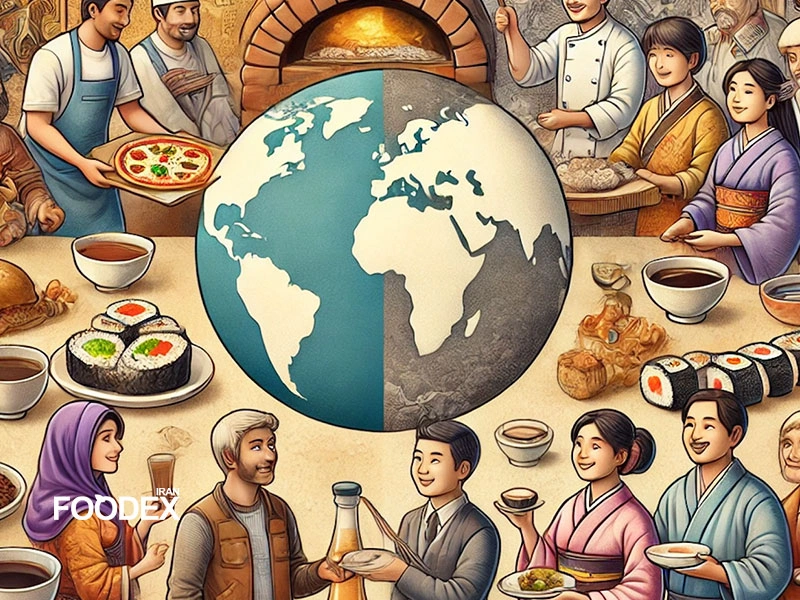
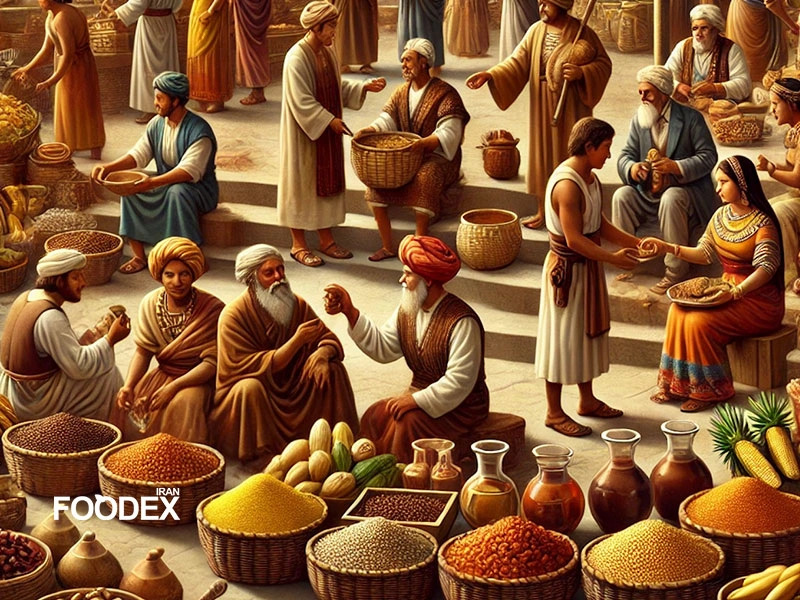
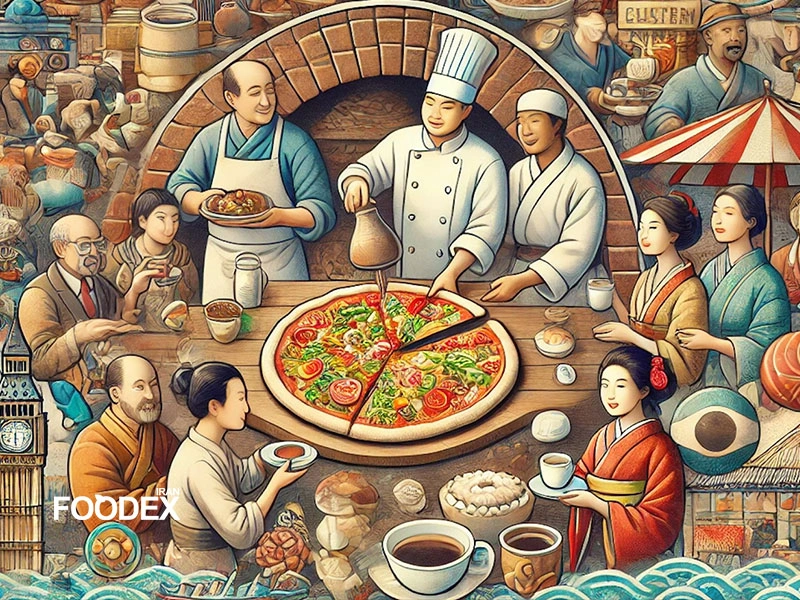 The Silk Road: A Spice-Fueled Connection
The Silk Road: A Spice-Fueled Connection